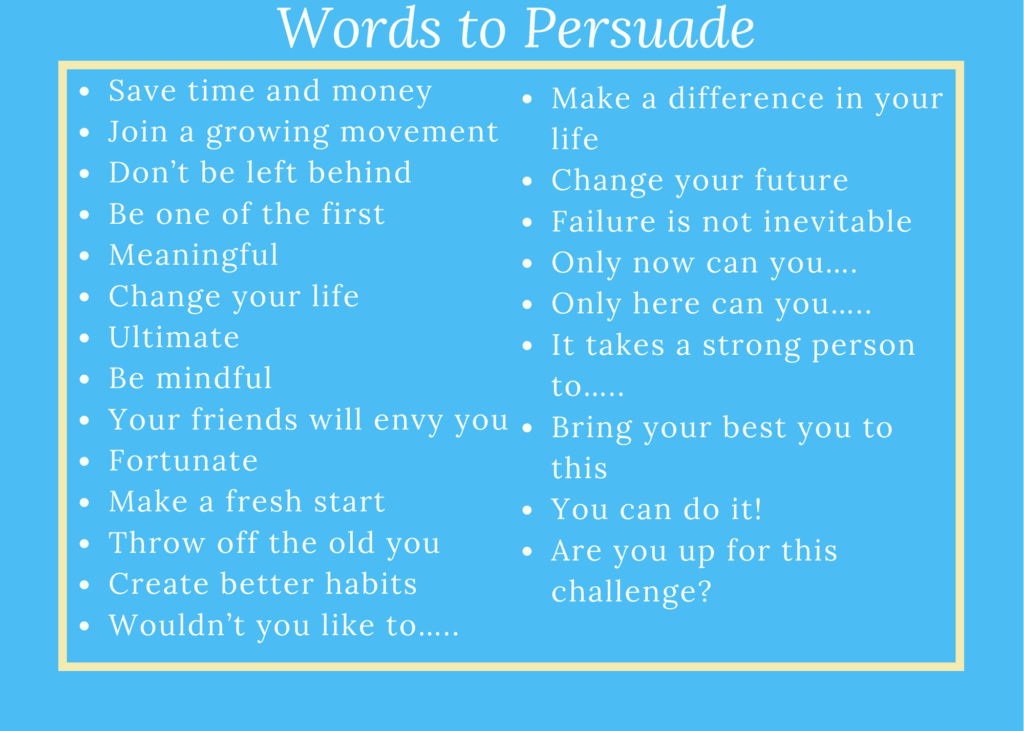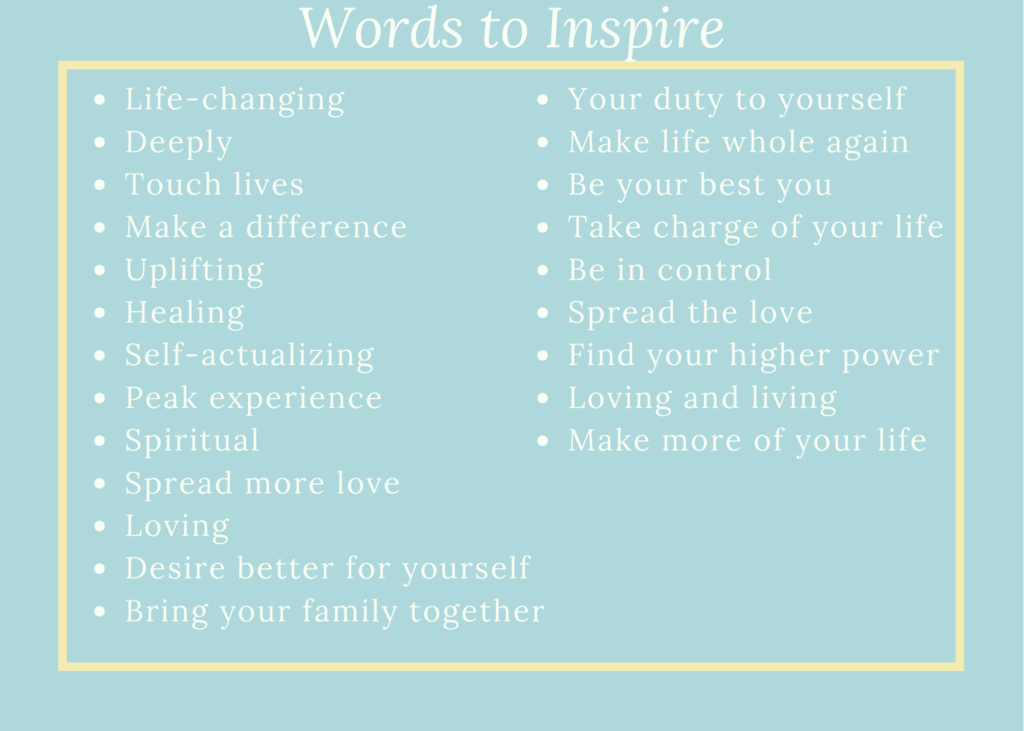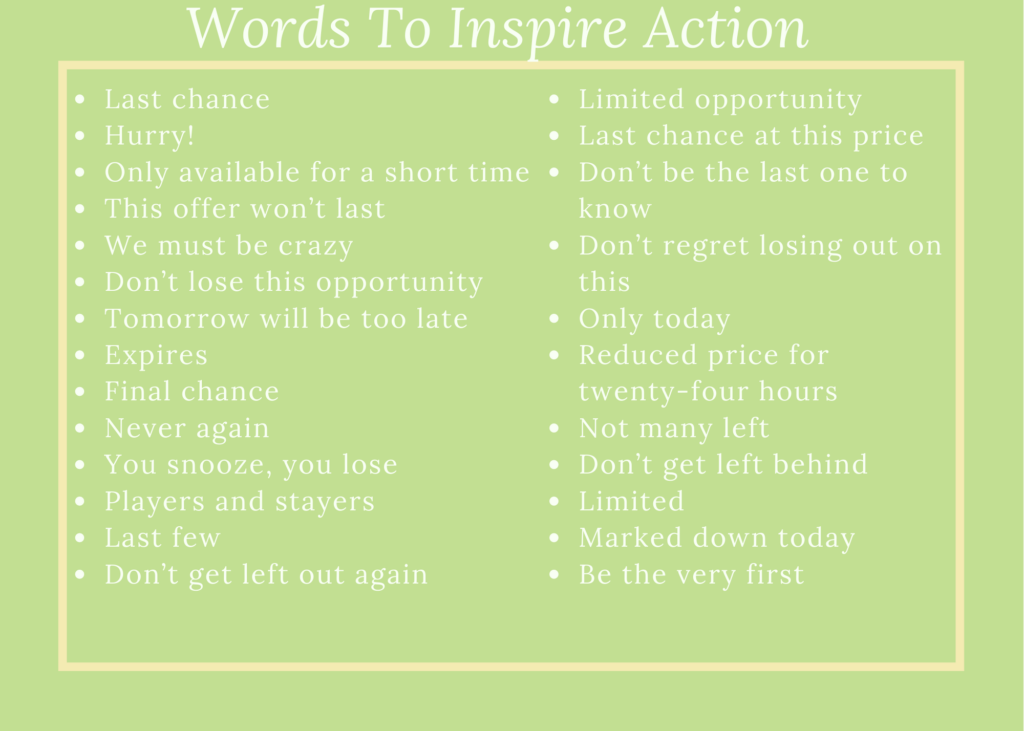In this modern, digital age it is easy to forget or overlook the power of the written word. Your writing can convey a particular intention that has the ability to influence, inspire and guide your audience to make important changes in their lives.
That is a big deal.
And a lot of responsibility.
The power of the written word can start a global movement or just touch one life at a time. It depends on what YOUR intention is…
- How do you want to show up on the world?
- What do you want to be known for?
- What level of IMPACT do you want to have?
Whatever your intention is with your transformational book or other written material, your content needs to be engaging so you connect with the people you are meant to serve.
Here are some writing tips to help you showcase your wisdom in a way that engages, inspires and connects with your audience.

How to Write Engaging Content
Grab Your Readers’ Attention
When you’re communicating through your book, blog posts, emails, or social media content, you want to engage your readers’ attention so they stick around. Building a following is a great way to build a brand around your mission. Therefore, your writing needs to draw in your readers and encourage them to take action.
Start by speaking directly to your audience and addressing their needs. The emphasis is always on them, not on you. Only share information about yourself that is appropriate and helps them in some way.
For example, when you write your book, the “Your Story” chapter will help your readers connect with you and your mission – your why. Your story is a key component to creating an impact because your audience needs to relate to you and why you want to help them.
But your story, although about you, still needs to be written from the perspective of how your experience can help your audience. For example, what lessons did you learn that will enhance their lives.
Always be relevant to your readers and give them what they’re asking for, not what you assume they want. Tailor your language to the language they use.
This is why knowing your target audience and doing thorough research on your main topic are critically important factors when writing your book. You will use this data to make your content more engaging because you can speak to exactly what their pain, wants and desires are.
Guidelines for Writing Engaging Content
Here are some key ways you can keep your writing engaging:
- Use first person (I, me, etc.) and second person (you, your, etc.) For example, when you use the words ‘you’ and ‘your,’ readers know you’re talking specifically to them, so they’re more likely to engage right away. If you start talking too much about yourself (I, me, my), they may tune out unless it’s a particularly interesting story they can relate to. Always keep the emphasis on them and what they want.
- Write attention-grabbing titles and headlines. This is especially important when you want to engage people. Structure your titles/headlines with hooks that create curiosity:
Examples:
- How To Win Friends and Influence People
- 7 Habits of Highly Effective People
- 3 Manifesting Secrets the Gurus Don’t Want You to Know About
Another way to make an impact with your headline is to use language that relates to the challenges your readers are facing. This will work especially well in your blog posts and articles. For example:
- Want to find more hours in a week?
- Need to bring in more income fast?
- Can’t cope with your teen’s attitude?
- Want to work from home?
- Want to eliminate your cellulite, fast?
Always ask yourself, “Would this entice me to read on?” If the answer is no, go back and revise.
- Use the active voice. Passive voice is used mainly for scientific or academic publications. Passive voice sounds exactly that: passive. It can sometimes be clunky and wordy. Active voice is more informal in nature and easier for the reader to understand. When you are writing non-fiction or anything else like blog posts, emails, etc. your writing needs to engage the reader, and you need the more dynamic tone of active voice to do that.
Passive Voice Example: Cupcakes are being baked by Sarah.
Active Voice Example: Sarah is baking cupcakes.
- Use action verbs. An action verb can express something that a person, animal, or object can do. For example, read, look, sing, hop, shout, dream. An example of a non-active verb would be belong, know, feel, prefer, love.
- Use sensory and emotional words to help readers picture or feel something. Sensory words are more powerful because they make your reader see (gloomy, dazzling, sparkling), hear (thumping, pounding), smell (fragrant, pungent), taste (zesty, bitter), or feel (fluffy, gritty) your words. They are often used in novels when the author needs to paint a picture of a scene, and they can be successfully used in non-fiction writing too.
- Add rhythm to your writing. Punctuation and the stress patterns of words in a sentence dictate rhythm. Long sentences sound smoother, while short sentences make your content snappier. Vary the structure to bring more interest to the piece. Read it out loud to hear the tempo within the text.
- Give examples and stories that readers can relate to. People have been using storytelling for centuries. If the stories are relevant to your subject, then they can enliven your writing and drive a point home. If you tell the story of how you overcame the challenge your readers face, it will communicate authenticity and experience.
- Include a clear “call to action”. Point to a clear path forward and use activities to keep readers engaged.
For example:
- Give them something to do, e.g. activity, exercise, self-discovery quiz
- Ask for a reaction
- Use questions to boost interaction
Where to Use Persuasive Writing
The aim of a persuasive writing is to convince others to accept your point of view. This can ultimately influence their behavior and actions. It’s a bit like being a lawyer arguing a case before a jury. You take a stance on an issue —either prosecuting or defending —and build the strongest possible argument to win over the reader.
Think of restaurant critics and theater reviewers. Their job is to persuade you to adopt their point of view and act on their opinion.
Use the same tactics in your transformational writing. Your book, emails, blog posts, and social media posts often aim to provide information, but you can also use them to persuade your audience and influence their decisions – in only positive ways, of course.
For example, you might feel strongly that using EFT (Emotional Freedom Technique) is the key to overcoming unresolved grief.
So, you write your transformational book with the intention to persuade those struggling with grief to try your unconventional approach. Your argument is that it’s essential for them to clear their blocked energetic pathways to allow for healing to take place. The action you want them to take is to use your carefully designed script and or/follow along with you on a video clip.
Tips for Persuasive Writing
- Don’t be afraid to speak from the heart. The point you want to make will be a personal one, and one you feel passionate about. Let that come through in your writing. This is where your story, your why and your mission become important.
- Get clear on your argument before you start writing. You will need to put forward one or more logical points of view to support your argument and demonstrate its validity. This will build trust in your proposition. For example, you have to know why your technique works e.g., EFT. Provide evidence – case studies, research studies, personal experience, etc.
- Consider what questions your readers might ask about the topic and prepare answers to them to work into your writing.
- Gather facts and figures relevant to your readers from reputable sources. Give whatever information is necessary to support your ideas and win their agreement. Again, this can be done through your own case studies and experience as well as outside sources. Continuing with the EFT example, you would want to look at the founder of EFT Gary Craig’s work as well as other leaders.
- Address your points to your audiences’ needs and wants. Turn features into benefits and make it clear how your suggested action can help the reader with a particular problem or need. Rather than focusing solely on what EFT is (features), focus on how it can change their lives and promote healing (benefits of using the technique). How will their lives change once they get past their unresolved grief, what will be different, how will they feel, etc. – give specific examples to make these benefits stand out and really pop.
- Decide what action you want readers to take and put this into writing. Persuading them to agree to your point of view isn’t enough. You ultimately want them to take some sort of action. Point out what benefit this action will have for them. For example, you can invite them to join a private group only for readers of your book, you can include a QR Code in your book that takes them to a video of you performing the EFT script you just told them about – challenge them to follow along just one time to prove you wrong. Make it interesting and exciting to take the next step.
- Write with confidence, conviction, and consistency. This is no time to be ambiguous or be wishy-washy. Your words reflect who you are and what you stand for. They are looking to you as a leader – model your strength through your writing.
Structure for Persuasive Writing
Persuasive writing contains the following elements:
- An introductory sentence with a ‘hook’ to get readers’ attention and make them want to read more.
Here are some suggestions:
- Open with a punchy quote
- Start with a question
- Create a sense of empathy
- Impress with a statistic
For more details on this, check out my post: Your First Sentence: 5 Ways to Attract Attention in Less than 20 Seconds
- Follow up the introduction with the main point you’re trying to make. Tell readers what the document is going to be about and set the tone of what they are about to read.
- Each paragraph should lead on from the last and form a bridge to the next, but always contain a point of its own. A good way to plan your paragraphs is to put yourself in your readers’ shoes and keep asking, “What do I need to know next?”
- Provide supporting evidence of your argument using proof from people and sources they trust. These could be well-known people in your field or reputable authorities on your subject.
- Give examples and comparisons your readers can relate to. Use profiles and case studies to support your argument.
- Include a counter-argument to raise opposing views. Then handle these objections thoroughly.
- Summarize and include a recap of your argument at the end.
- Tell people what you want them to do next. Leave them with a memorable impression and a clear path forward. If this is a book chapter, then end with a teaser to the next chapter to keep their interest up and moving forward. If applicable, tie the contents of this chapter with the next e.g., If you want to take xyz further, wait until the next chapter where we take xyz to the next level.
Power Words
Your words have power… choose them wisely. Here are 5 lists of power words and phrases that you can use to elicit various responses in your reader:





Whatever your intention – be sure to create content that connects with your audience and adds value to their lives. You CAN inspire change and make an impact – your words are the first step on that journey. Make them count.
![]()

